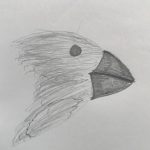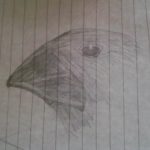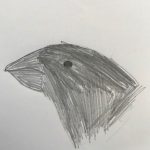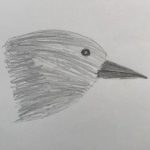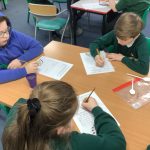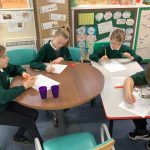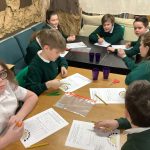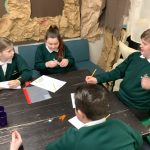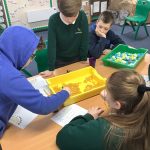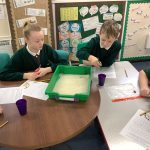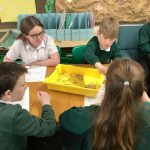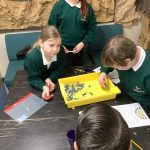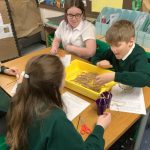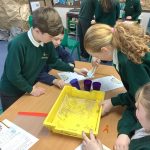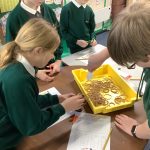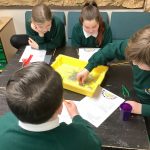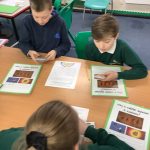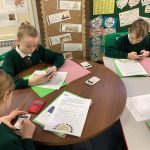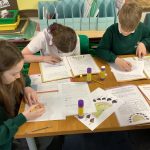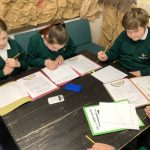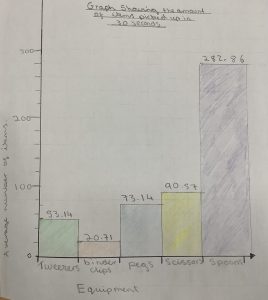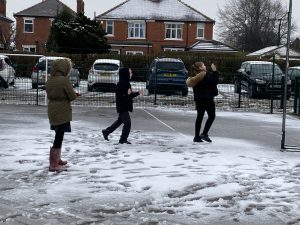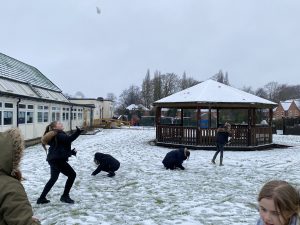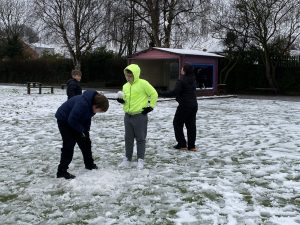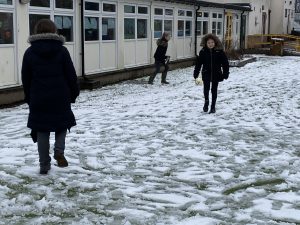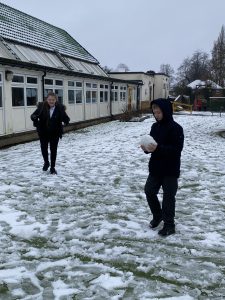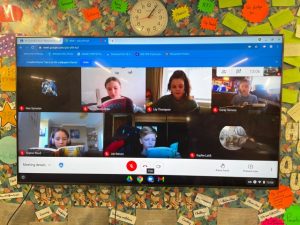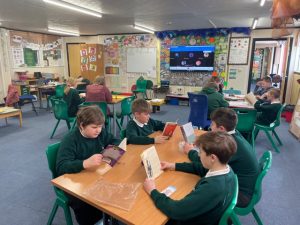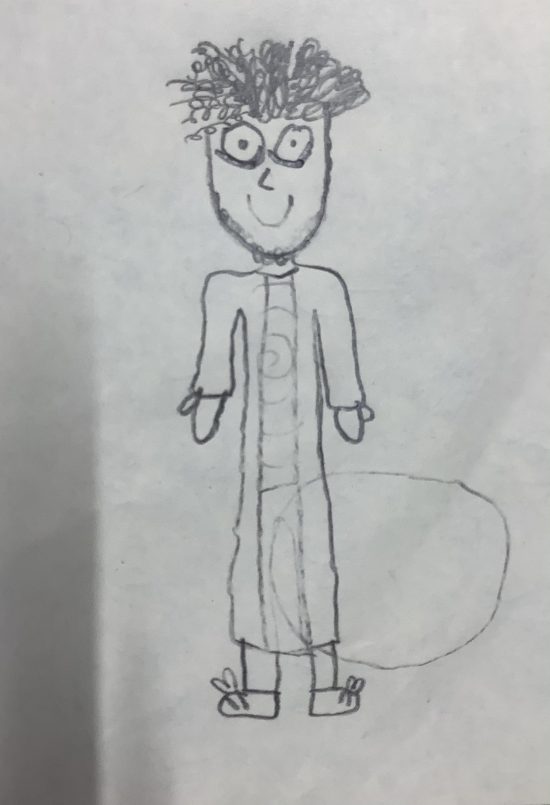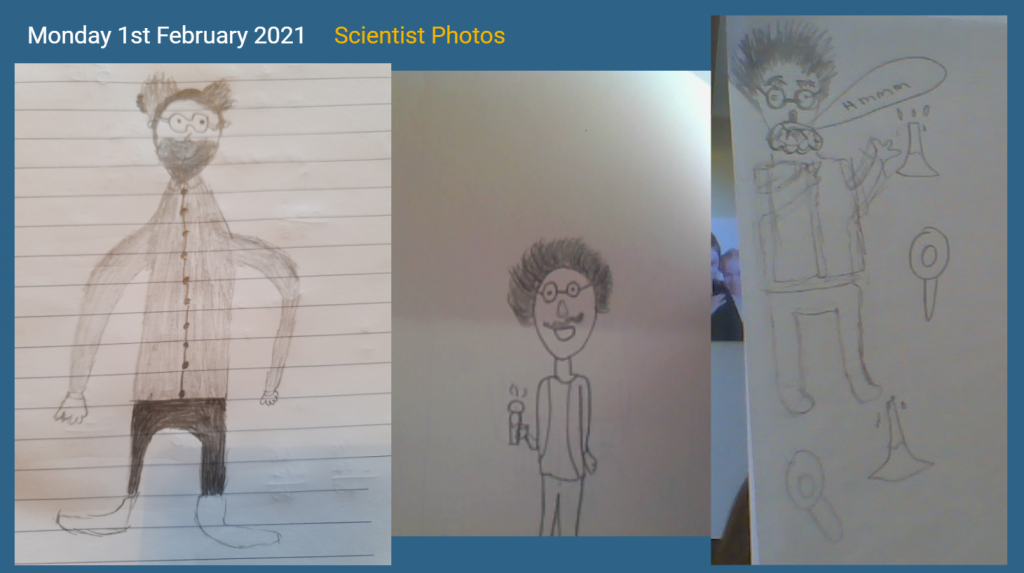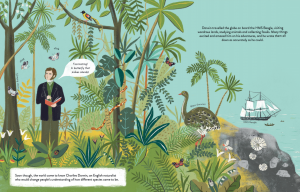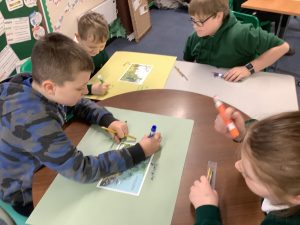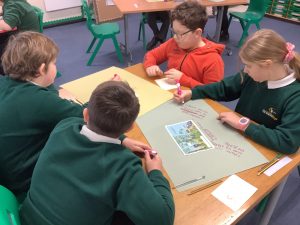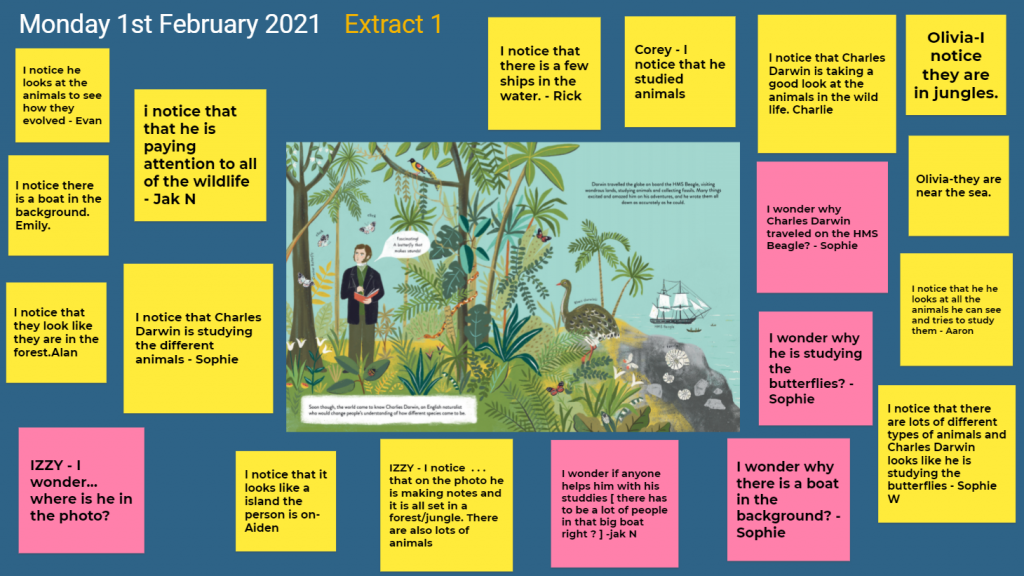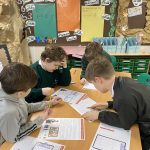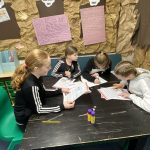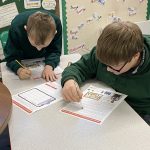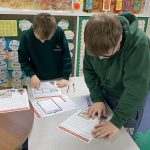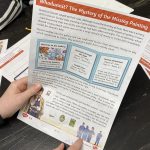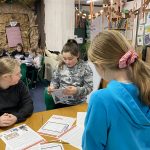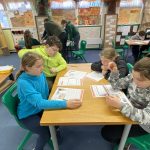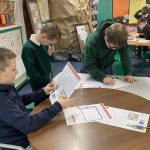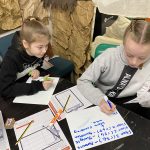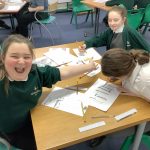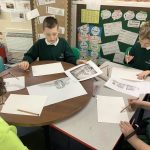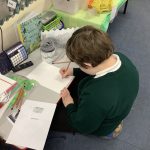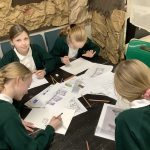Well done to the children working from home who have given time to reflecting on staying safe online.
Category : Mrs Overson’s Class
On Monday this week we looked at the work that Charles Darwin did in regards to the finches that were living on the Galápagos Islands; a small group of islands off the coast of South America. Darwin noticed that many of these birds looked very similar to those on the mainland but all had beaks of a different shape and size. This led Darwin to conclude that the beaks of these birds had all adapted and changed based on the food available to them on each of the different islands.
We then decided to carry out an experiment to test which type of beak would be the most suitable for each different food type. To test this, we decided to use five different pieces of equipment to represent the different ‘beaks’; tweezers, binder clips, pegs, scissors and spoons. We chose seven further items to represent our different food types. Before starting the experiment, we had to write our hypothesis. The children each made a prediction as to what they thought would happen.
After making our predictions, we then carried out the test. The children had to work as a group to see how many of each item they were able to pick up in 30 seconds. To ensure it was a fair test, each child used their own piece of equipment for each of the different food items. They then recorded their results in a table.
Once the experiment had been completed, the children then wrote their conclusions, which explained their findings and any results which stood out to them. Many of the children began to realise that certain pieces of equipment were better suited to picking up different types of food, similar to how Darwin has theorised when saying that the birds had adapted to suit the different food types available to them. Finally, we were able to work out the average number of items picked up by each piece of equipment, before presenting this data using a bar chart.
Good morning everyone,
Next week in expedition, Year 5 and 6 children will be carrying out a scientific experiment. We will be looking at how different species of birds on the Galápagos Islands managed to adapt and change their beak shape based on the food that was available to them. For this experiment, we will be investigating what shape of beak is most suitable for each different food type. As you can imagine, this will be difficult in the current circumstances as children will need to carry out the experiment at home. It would be fantastic if you were able to have the following materials and ingredients available for Tuesday’s lesson. However, if this is not possible, children should be fine using similar items that they can get hold of.
Thank you
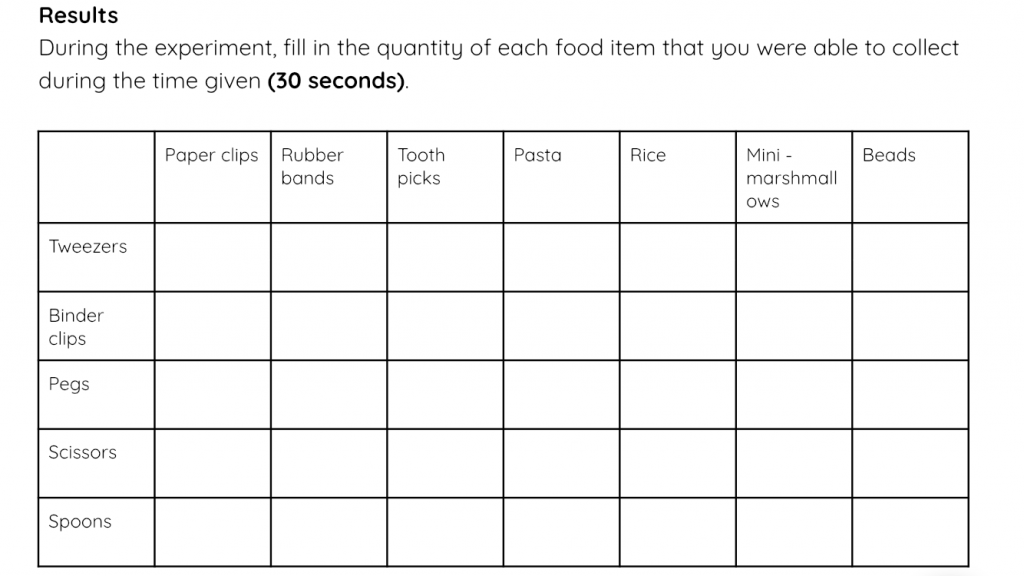
Today, Year 6 began Case Study 2 by looking at the life of Charles Darwin whose book, ‘On the Origin of Species’ is considered by many to be the foundation of evolutionary biology.
To start with, the children were given a five minute starter where they were tasked with drawing a quick sketch of what comes into their heads when they think of a scientist. Having looked through the drawings, it was amazing to see how similar they all were despite being given no prompts or ideas beforehand. It was interesting to see how children imagined a scientist to be (i.e. The wacky hair style, glasses and large white lab coat) compared to what an everyday scientist actually is.
Once we had spent time discussing what a scientist does, we then began looking at the life of Charles Darwin by comparing two images; one at the start of his career and one from the end.
The children then created notices and wonders whilst also inferring what the images were trying to depict. In addition to this, they also made educated guesses as to what work Darwin may have carried out throughout his lifetime.
Here are some of the fantastic notices and wonders that were generated.
Well done to those who reflected upon their online learning today – it is great to see so many detailed reflections.
Today in English, the children in Y6 explored The Mystery of the Missing Painting! They had to use their retrieval reading comprehension skills (as well as detective skills!) to read through the scenario and the suspect statements. They then had to figure out who stole the painting using all of the reading provided!
I was so impressed with the groups that got it quite quickly! You would definitely make great detectives!
Why not have a go yourselves? There are 3 different levels to try (1 star, 2 stars and 3 stars) but each gives the same answer.
Let me know who you think the suspect is!
A big shoutout this week goes to Sophie who has produced some fantastic work from home. She has produced some amazing artwork whilst also gathering information about evolution, which links to our expedition theme, ‘Why is Evolution Important to our Existence?’ Keep up the good work Sophie!
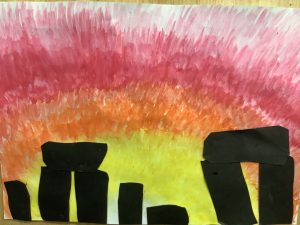
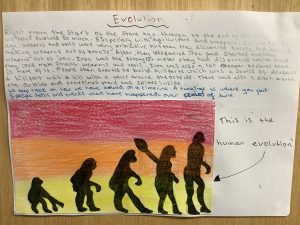
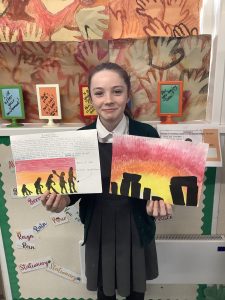
Earlier this week the children began their sketches of the famous Stonehenge monument in Wiltshire, England. They are all looking amazing so far and we look forward to seeing the finished article. More updates coming soon!

